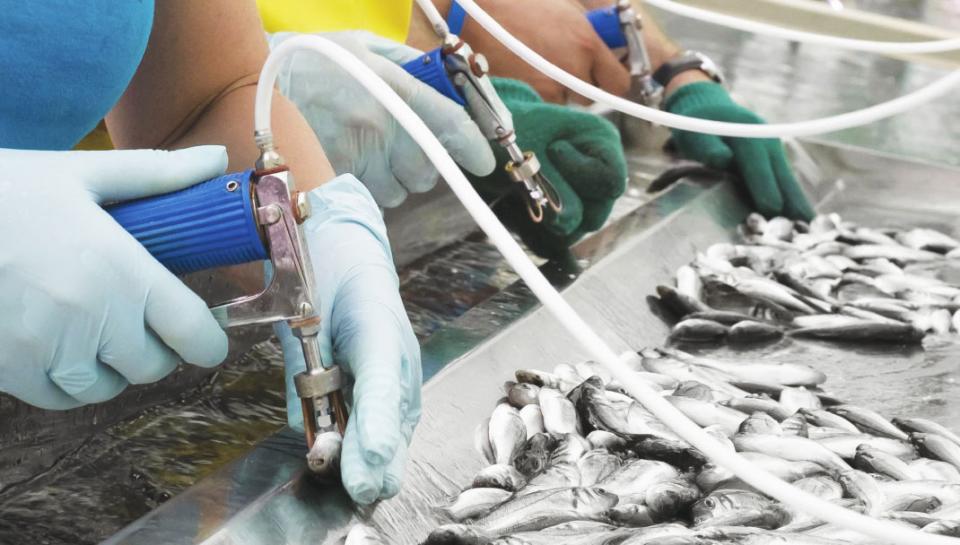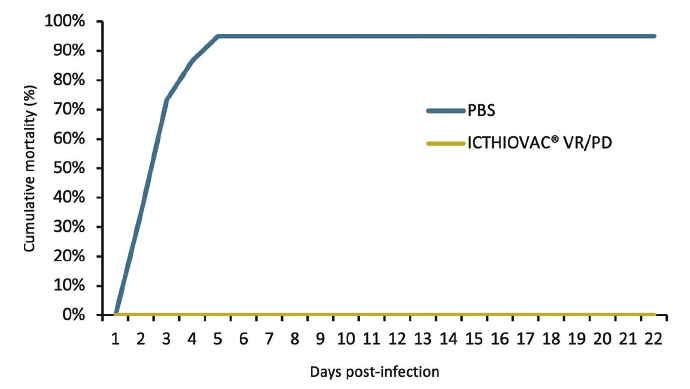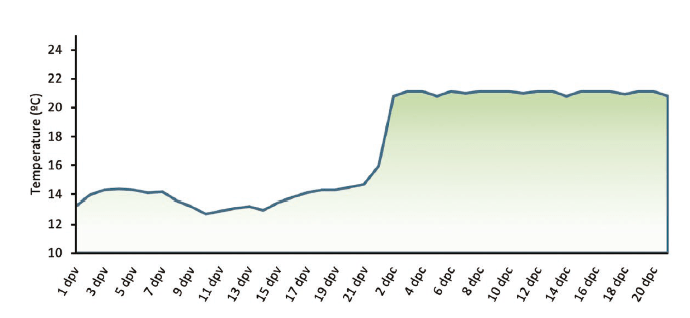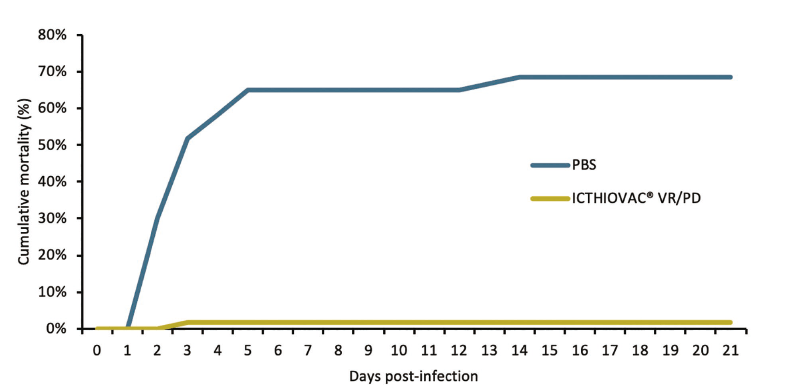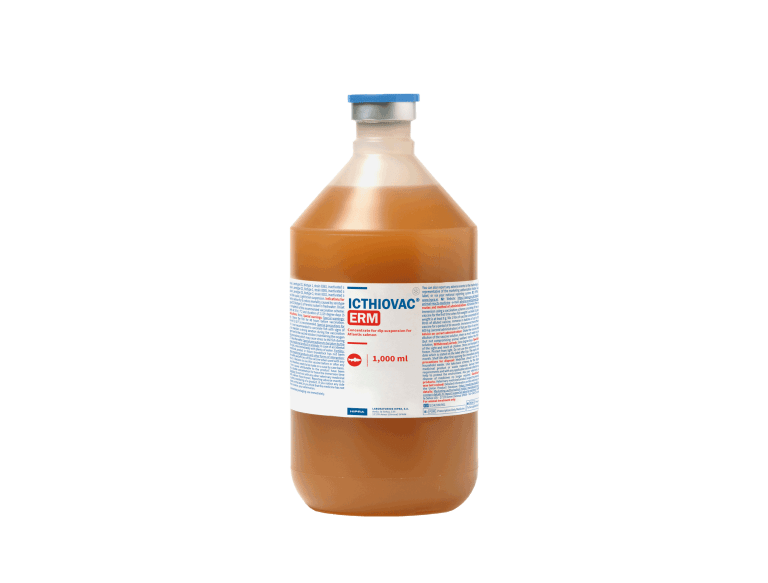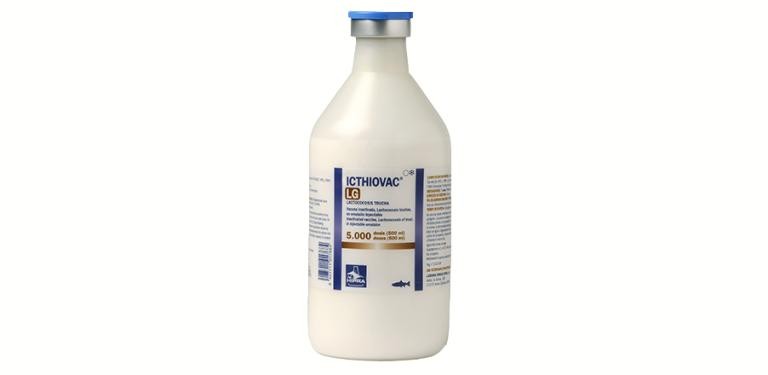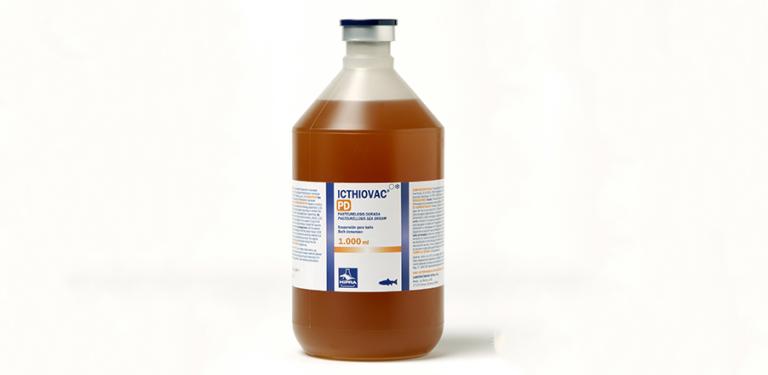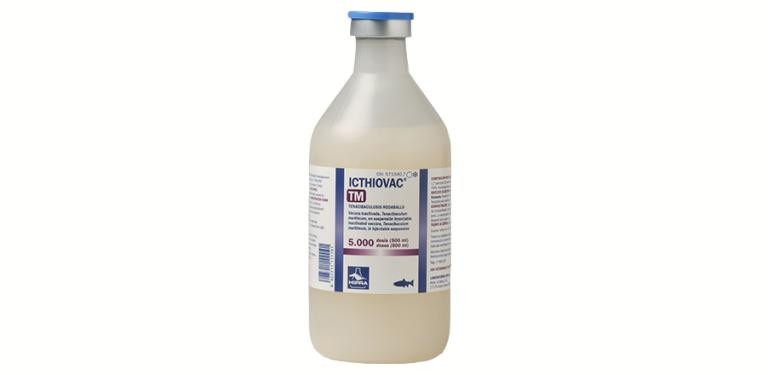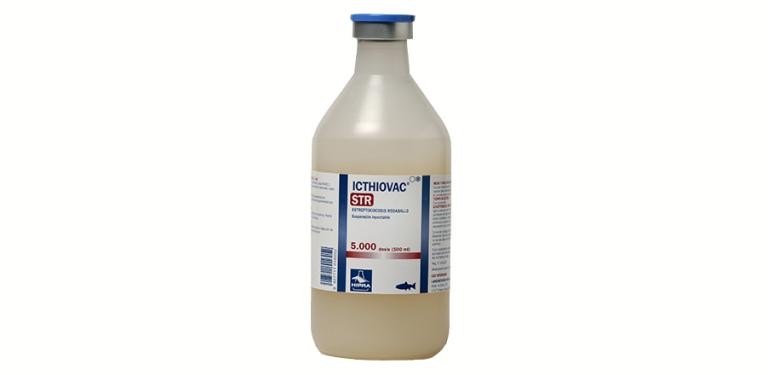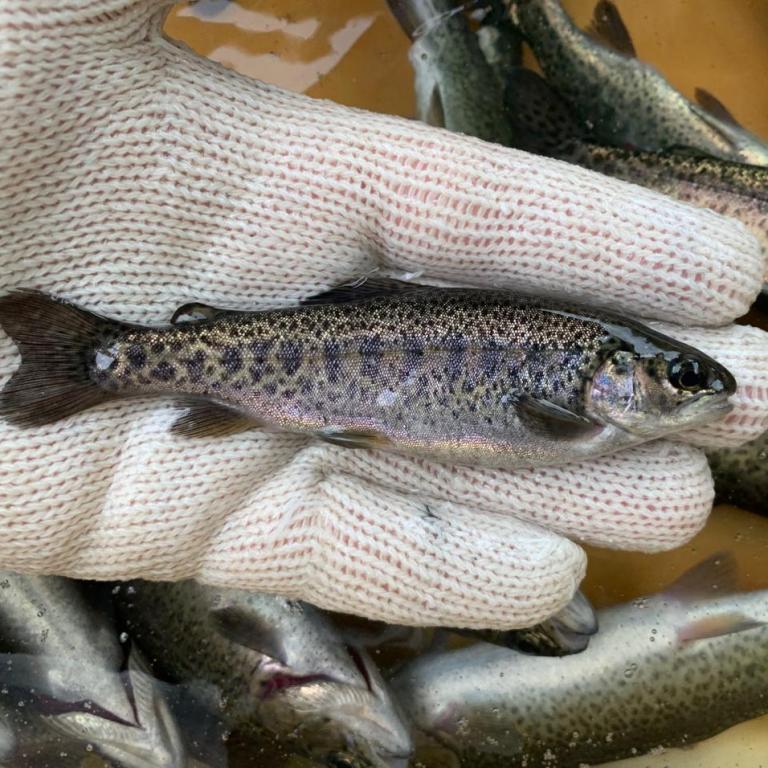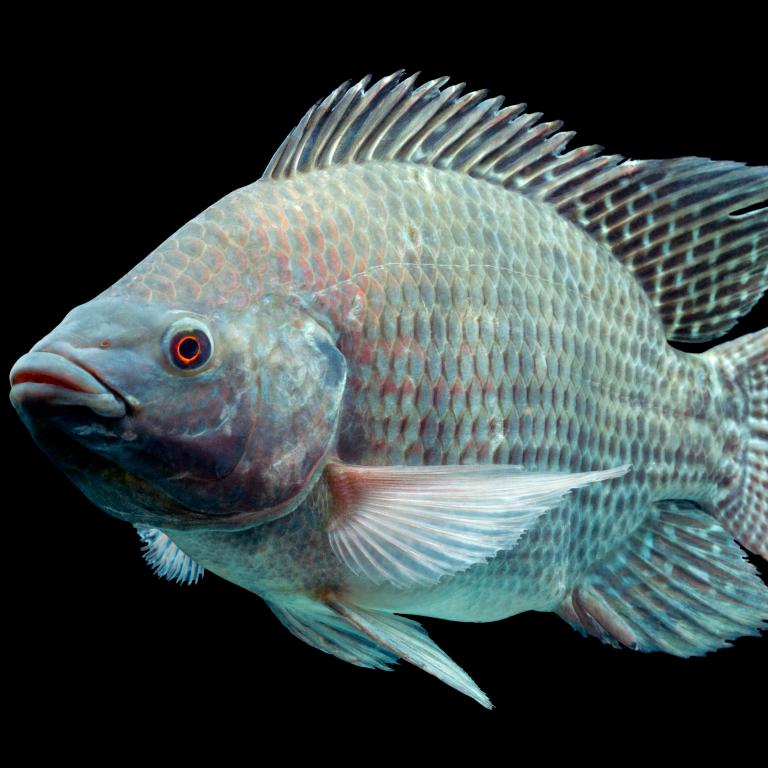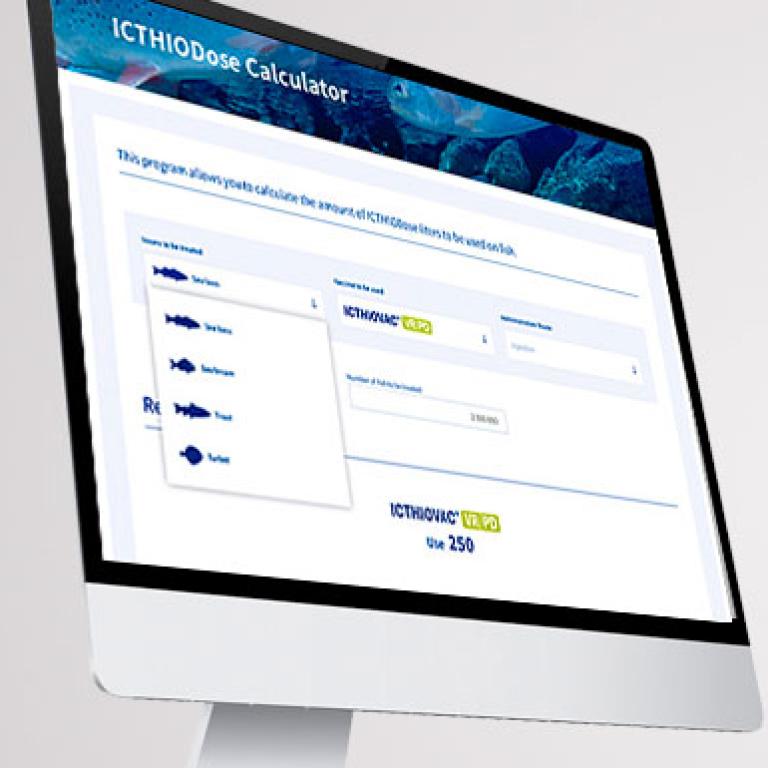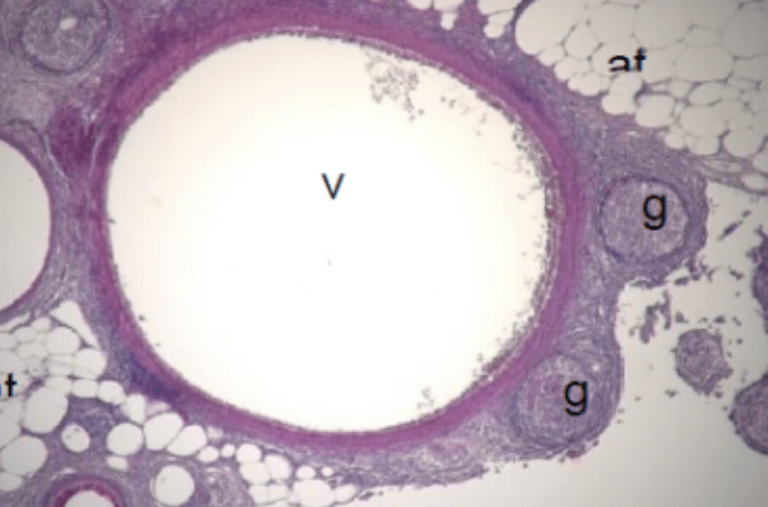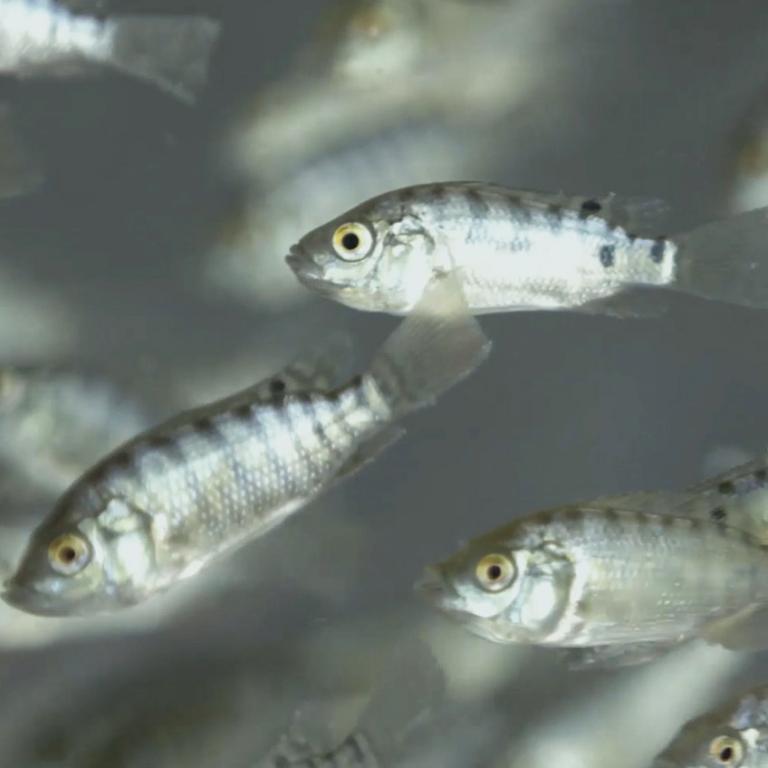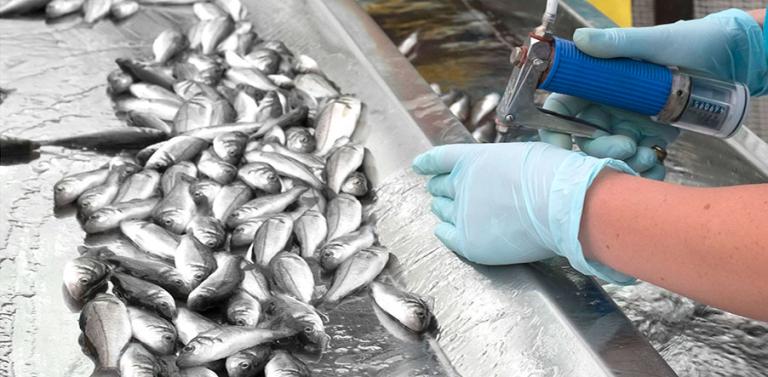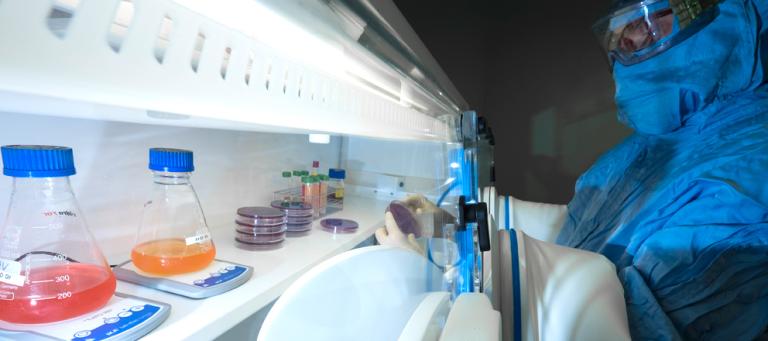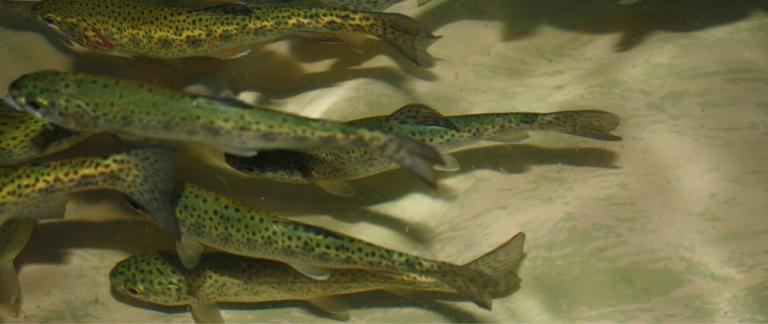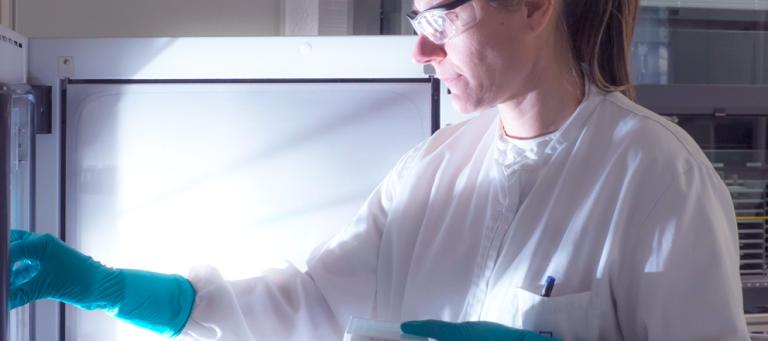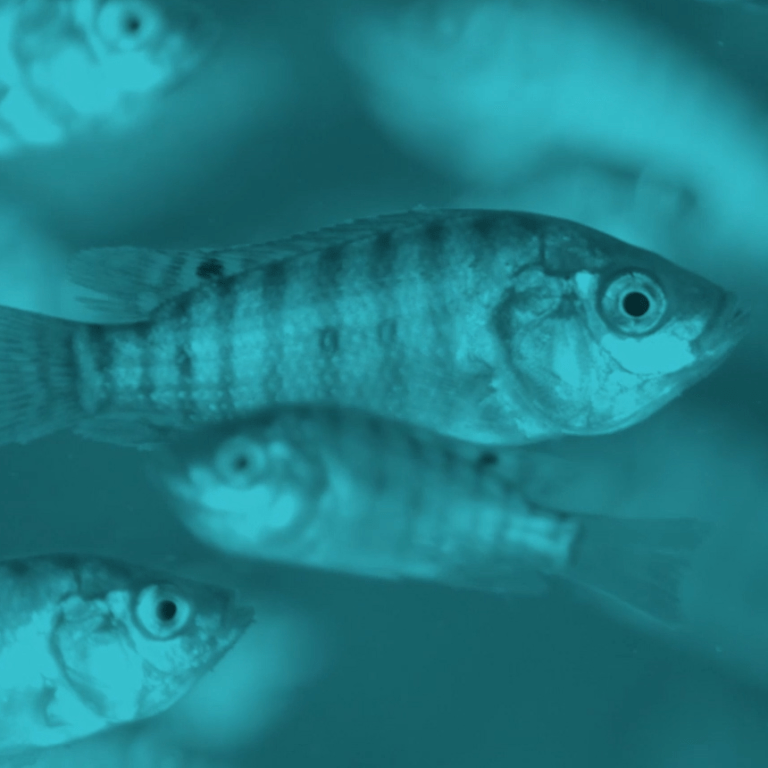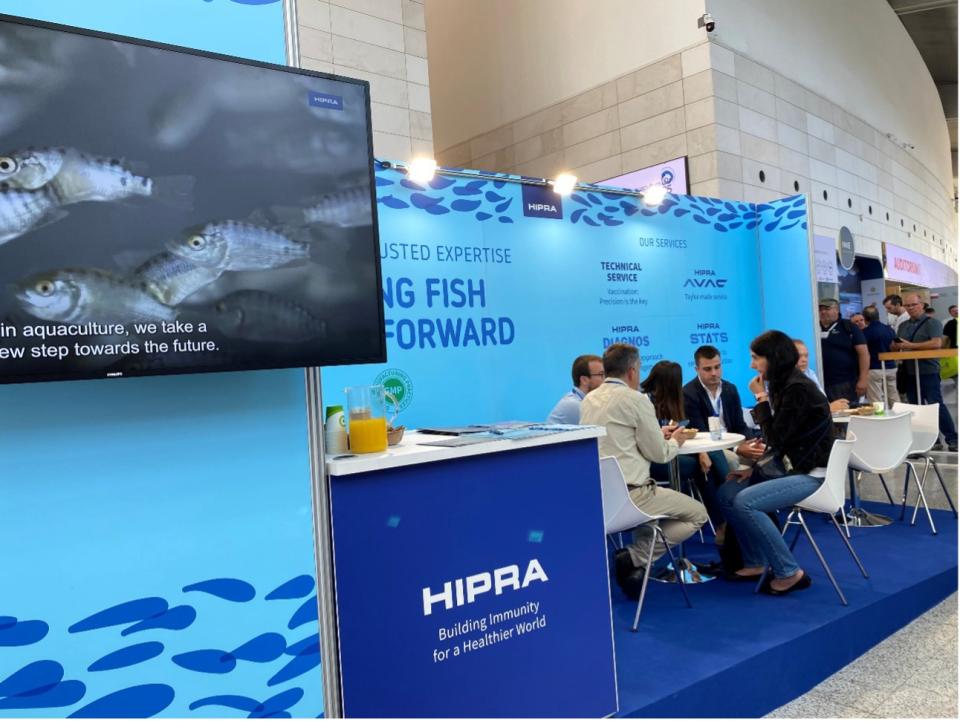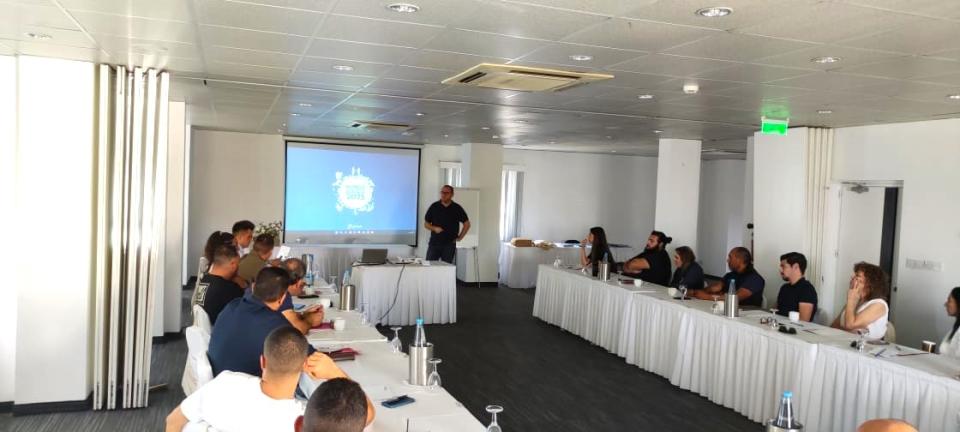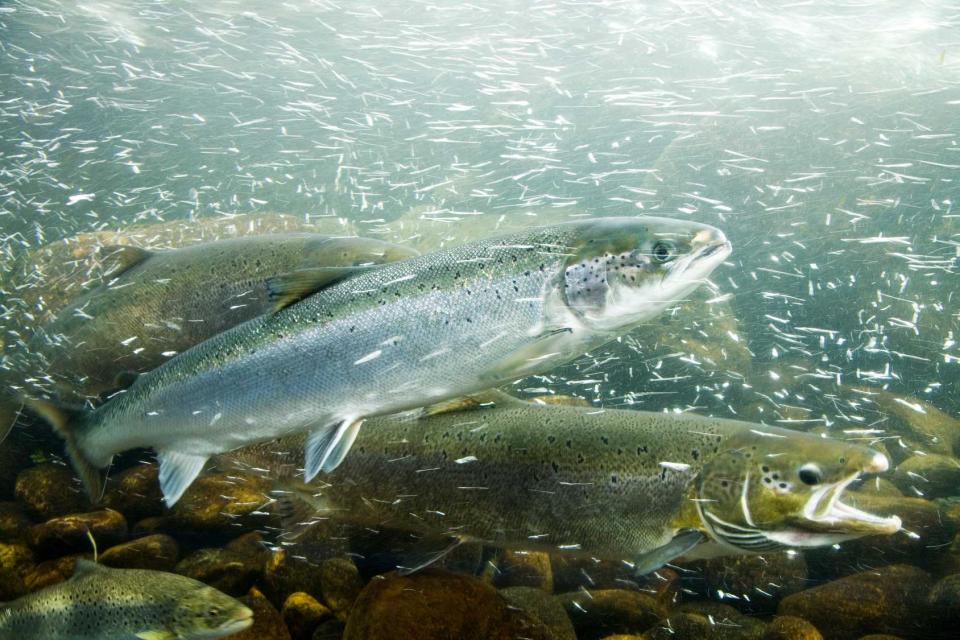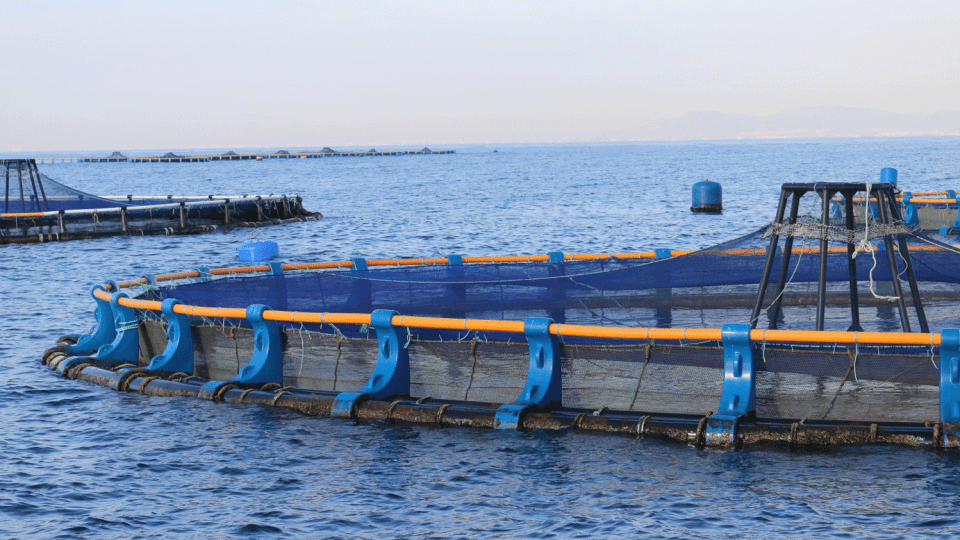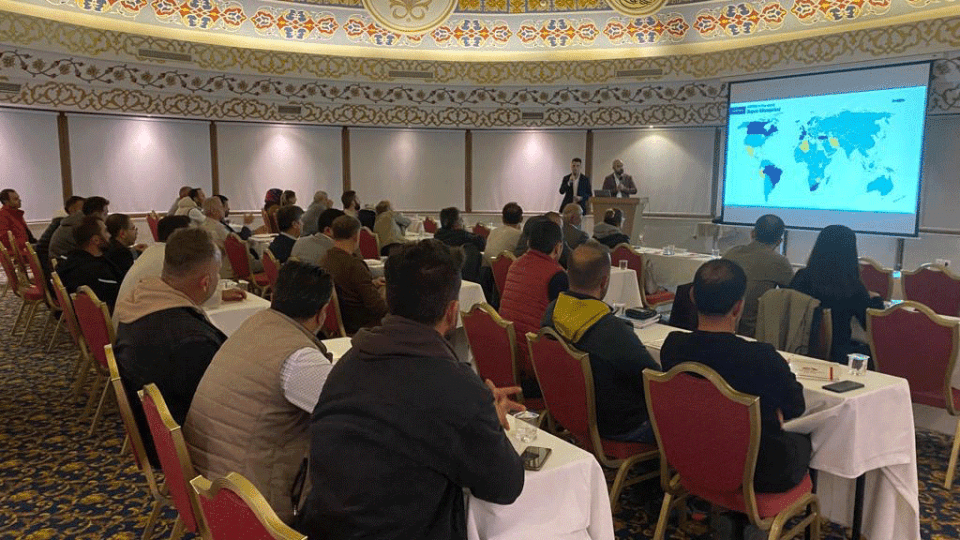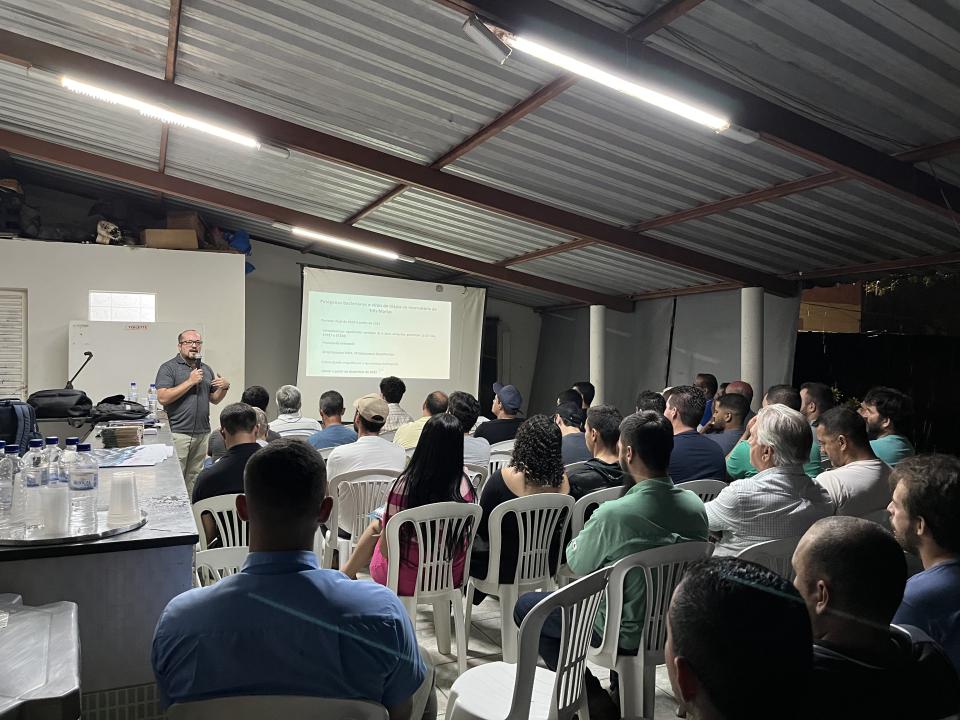Figure 2. Daily average water temperatures during the trial. *Days post-vaccination: dpv. Days post-challenge: dpc.
Considering the expenses that are incurred when we have a disease outbreak, surely, we have a positive economic balance if we act before the outbreak occurs rather than after the problem has arisen.
Every investment that we make in our farms should have a return. Disease prevention is one of the investments with a quick return that we can make on our farms. We must point out three tools when talking about disease prevention: biosecurity, prophylactic baths and vaccination.
These three tools are a must if we want to keep pathogens away from our fish.
Vaccination to disease prevention
In this article, we want to focus on vaccination as it is the last barrier a pathogen will find before generating an outbreak on a farm. When working with live animals in an open farm system, the best biosecurity and prophylactic bath protocol can always have a weak point through which a pathogen can reach the fish. Vaccination is the best way to have immunized fish.
Vaccines ready their immune system to fight against one or more specific pathogens.
When carrying out vaccinations, in the first instance, it is very important to know which pathogens are causing or will cause mortality in our fish.Then we need to choose the correct vaccine containing the antigens that will generate immunogenicity against these problematic pathogens.
At HIPRA, we have a range of registered vaccines named ICTHIOVAC® against several pathogens that generate diseases such as vibriosis, pasteurellosis, lactococcosis, flexibacteriosis or nodavirus.
If you cannot find a solution to protect your fish within our ICTHIOVAC® range of vaccines, we can offer a tailor-made solution by developing an autogenous vaccine with the pathogens specificallyisolated on the farm that you want to vaccinate against.
For this purpose, we have the DIAGNOS department to monitor the health status of the farm and analyze the problematic pathogen.
Protection against vibriosis
A series of trials were performed, together with some customers, where the commercial vaccines from the ICTHIOVAC® range were used in European seabass (Dicentrarchus labrax).
In this trial, the protection of a commercial vaccine for vibriosis against a heterologous strain of Vibrio anguillarum was tested.
For this internal study carried out by HIPRA (study number EID-2019-0323), a group of 240 seabass injected intraperitoneally with a saline solution (PBS) was compared with a group of 240 seabass vaccinated with ICTHIOVAC® VR/PD vaccine against vibriosis by intraperitoneal injection (both at 0.1 ml dose/fish).
A challenge with a heterologous strain of Vibrio anguillarum (serotype O1) was performed in both groups 42 days post-vaccination. The average seabass weight at vaccination day was 14.96 g (± 3.45) in both groups, and at challenge day the PBS group weight was 38.92 g (± 10.23) and the ICTHIOVAC® VR/PD group weight was 33.82 g (± 8.7). During the trial, the temperature was optimal for seabass culture, at 21 ºC (± 2).
The challenge results showed that the PBS group suffered a 95% mortality at day five post-challenge, and the ICTHIOVAC® group survived 100% (Fig. 1).
